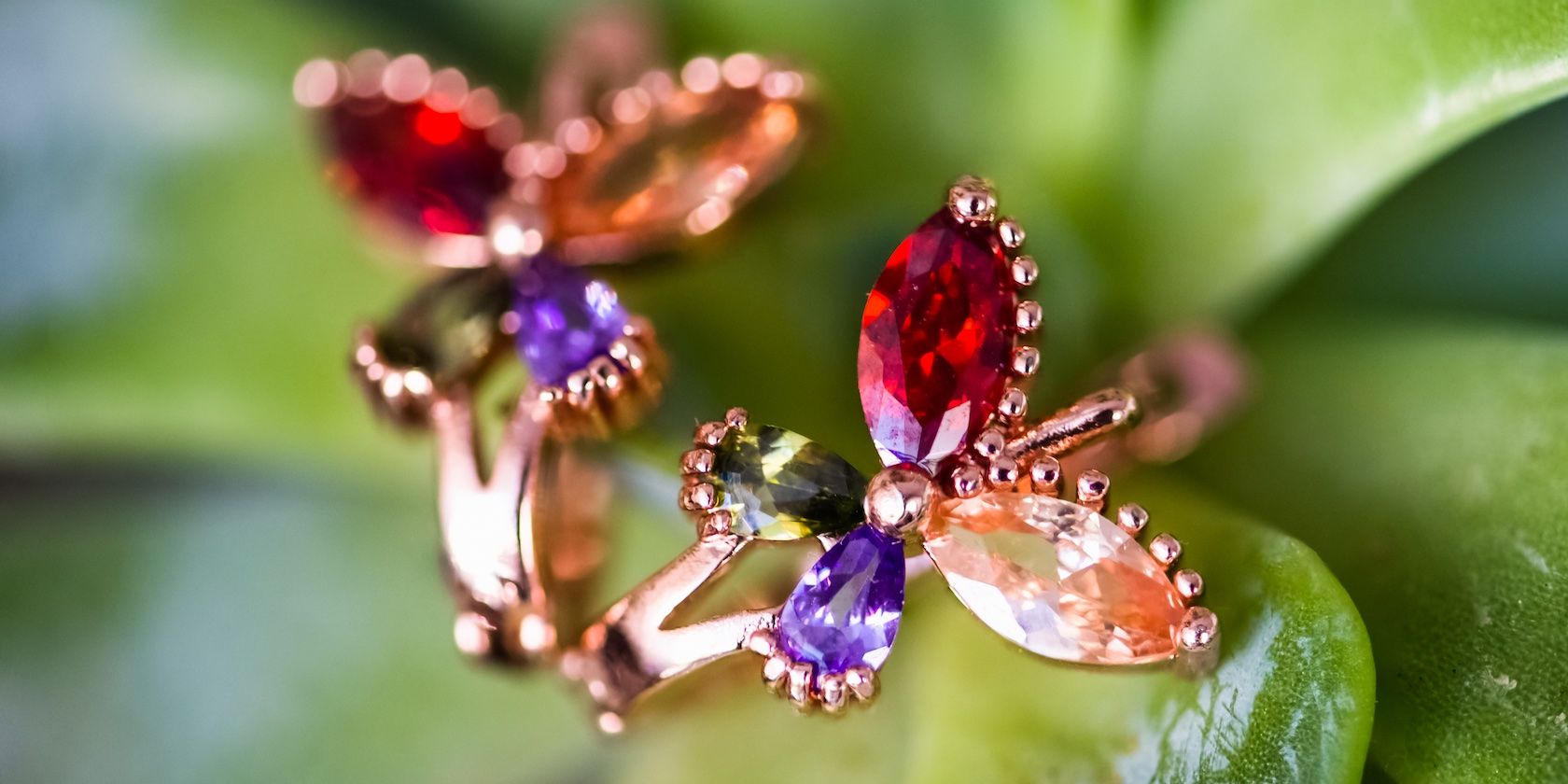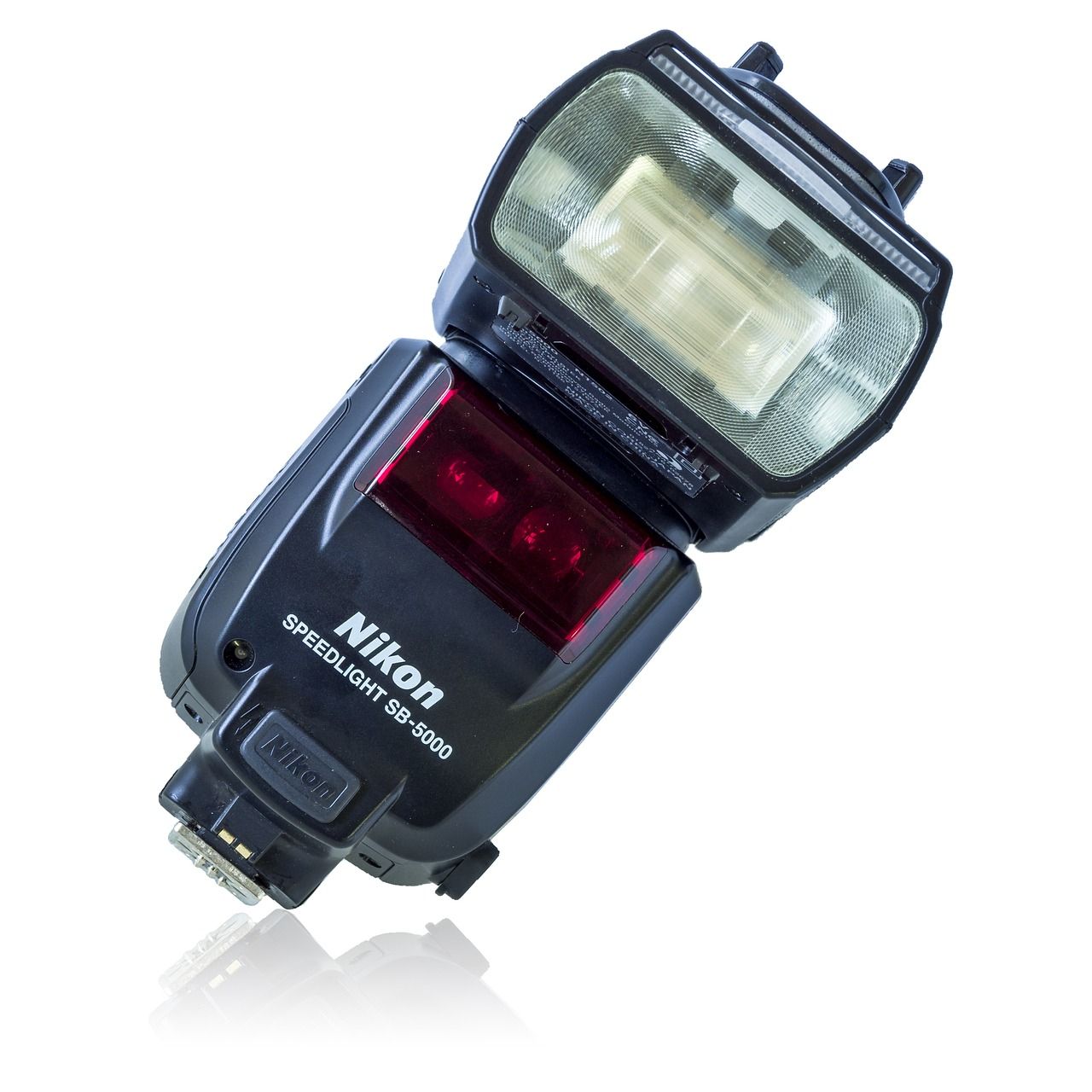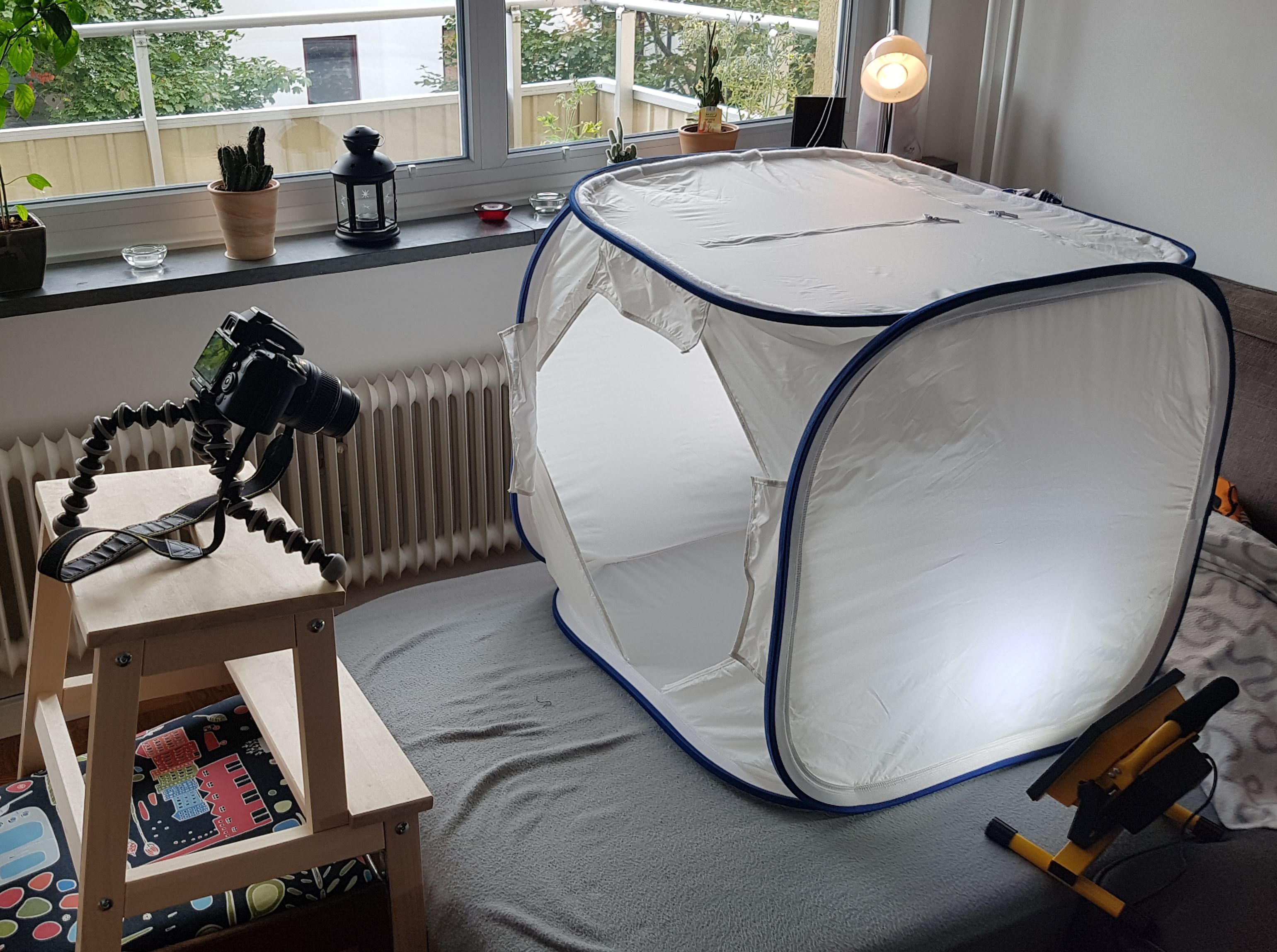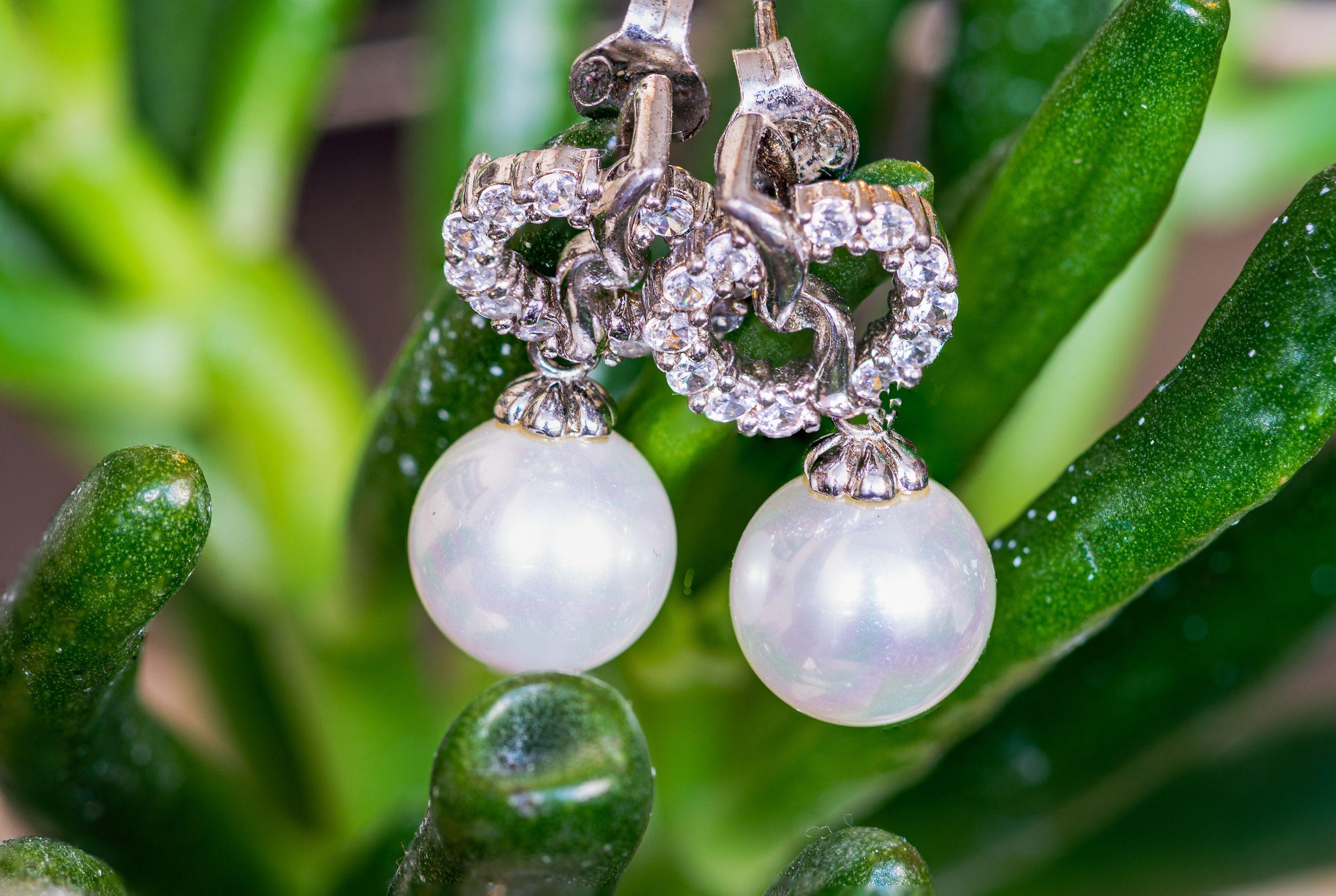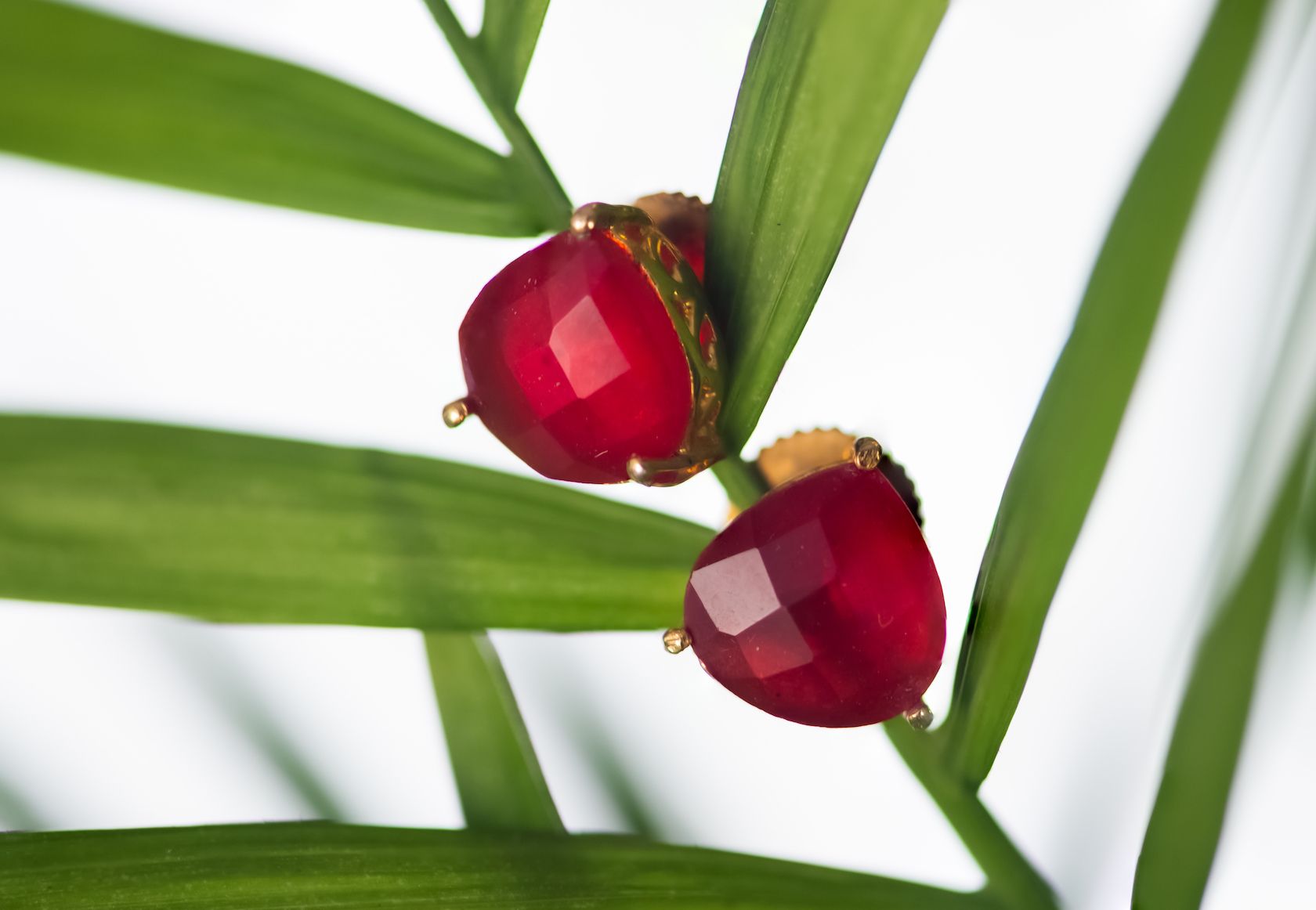Are you a jewelry designer interested in taking pictures of your creations? Or, are you someone with a passion for jewelry, wanting to learn to take amazing photos of them?
Whether you create or just admire them, jewelry is a gorgeous subject to photograph. But, jewelry photography can have some unique challenges. Fret not—we are here to help. Read on to learn our top tips to make your jewelry photos shimmer and sparkle.
1. Clean the Jewelry
This tip is an absolute must. Before starting your photography project, take some time to clean your jewelry. Since most jewels are tiny and have fine details, you will likely enlarge them to post on social media or e-commerce sites. So, it is better to remove any dirt and debris, or else it may show up on your photos when you enlarge them.
You can invest in a special jewelry polishing cloth so that there are no lint or other fibers from the fabric that can get on your jewelry.
2. Use Artificial Lighting
Any product photography calls for artificial lighting to get crisp images. But it is especially crucial for jewelry photography because you want even-lit and clean photos. Unfortunately, controlling natural light to get the perfect shadows and highlights can be challenging.
If you must use natural light, make sure to diffuse it with a translucent white curtain and use a reflector. You may also need a tripod to have enough depth of field.
3. Opt for a Macro Lens
For tiny subjects like jewelry, having a macro lens can be handy for capturing the details. Of course, you can use a standard lens, but a macro lens can take your jewelry photos to another level. So, consider investing in one if you're serious about jewelry photography.
If you use a standard lens, you are likely to crop the images to showcase the jewelry better. With a macro lens, you can fill the frame with your jewelry and capture it in all its glory. Plus, the photo quality from a macro lens can be superior to the ones from a standard lens.
Still not convinced? Try renting the lens and see if you like it enough to buy one. We have a fun list of other things you can shoot with a macro lens.
4. Invest in a Light Tent
A light tent is a small and inexpensive piece of accessory that can transform your jewelry photos. It is like a small box made of white translucent material. You can light it up from both sides and the top.
The metal and gemstone part of your jewelry can be highly reflective. Often, these reflections are distracting and unappealing to the eyes. One of the main challenges in jewelry photography is avoiding these reflections. Having a light tent can help you with that.
This is also a perfect setup if you are taking photos for an e-commerce inventory. When you have hundreds of items to photograph, having a light tent can be quick and convenient.
5. Be Creative With Your Composition
For e-commerce purposes, you can use a simple white background. But get creative with the backgrounds if you want to portray your brand voice better.
Natural backgrounds work well for jewelry. Try placing the jewelry on leaves, flowers, and so on. This is particularly great to compliment the gemstones and bring out their colors. Also, having loose beads and stones in your composition adds visual interest to your photos.
Usually, darker backgrounds enhance the jewelry's colors and bring attention to the intricate designs. Rock slates, wood barks, and ice are some popular options you can use. Of course, you can use velvet and other shiny fabrics too.
The textures in these materials are visually attractive, which makes them the perfect backdrop. You can also try to add layers to your composition to make the images more powerful.
6. Check the White Balance
White balance is one of the key settings that can make or break your photo. If you're using natural light, you have to make sure to set the correct white balance. You don't want your beautiful jewelry photos to have an ugly yellow cast. Using the wrong white balance can make your photos look less professional.
Shooting in RAW can be helpful when you're using natural light. You will have the flexibility to tweak the white balance later in post-production. Here are some compelling reasons to shoot in RAW over JPEG.
7. Try Different Angles
Don't be afraid to shoot the jewels from different angles. For example, if you're taking photos of a necklace, hang it from driftwood and take some shots. Then lay it on a wooden board and try some top-down pictures. You can try this strategy for other items like rings and earrings too.
Photographers use clear putty to make the rings stand on their own. You can creatively compose the images to leave them out of the frame or edit them in post-production.
Also, feel free to zoom in on the details and showcase the patterns and designs on the jewels.
8. Focus Manually
Manual focus is the way to go for tiny subjects like jewels. You want your camera to focus precisely where you want it to be. If you let autofocus do the job, your camera can focus on an unwanted area.
Also, you want the entire jewel to be in focus. The only way to achieve this is by taking photos at different focus points and merging them later in post-production. You can do this only with manual focus.
9. Post-Production Is Non-Negotiable
The materials in your jewelry, like steel, gold, and platinum, can have tiny blemishes that will show up in the photos. So, editing is not optional. You have to do basic touch-ups to make the jewels look smooth and clean.
If you're using putty or transparent string to support your jewels, you may have to edit them out of the final photos.
To get the jewels in complete focus, you have to focus stack the images taken at various focus points. See our step-by-step guide for focus stacking using Lightroom and Photoshop.
Take Jewelry Photos With Confidence
Jewelry is one of the fun product subjects. If you're a nature photographer, you may naturally gravitate toward taking jewelry photos because natural shapes and elements inspire most jewelry.
Just like how creativity and hard work go behind making the jewelry, you must be willing to be creative and try different things to enhance your subject's natural beauty. But it is not that hard—just follow the above steps.

